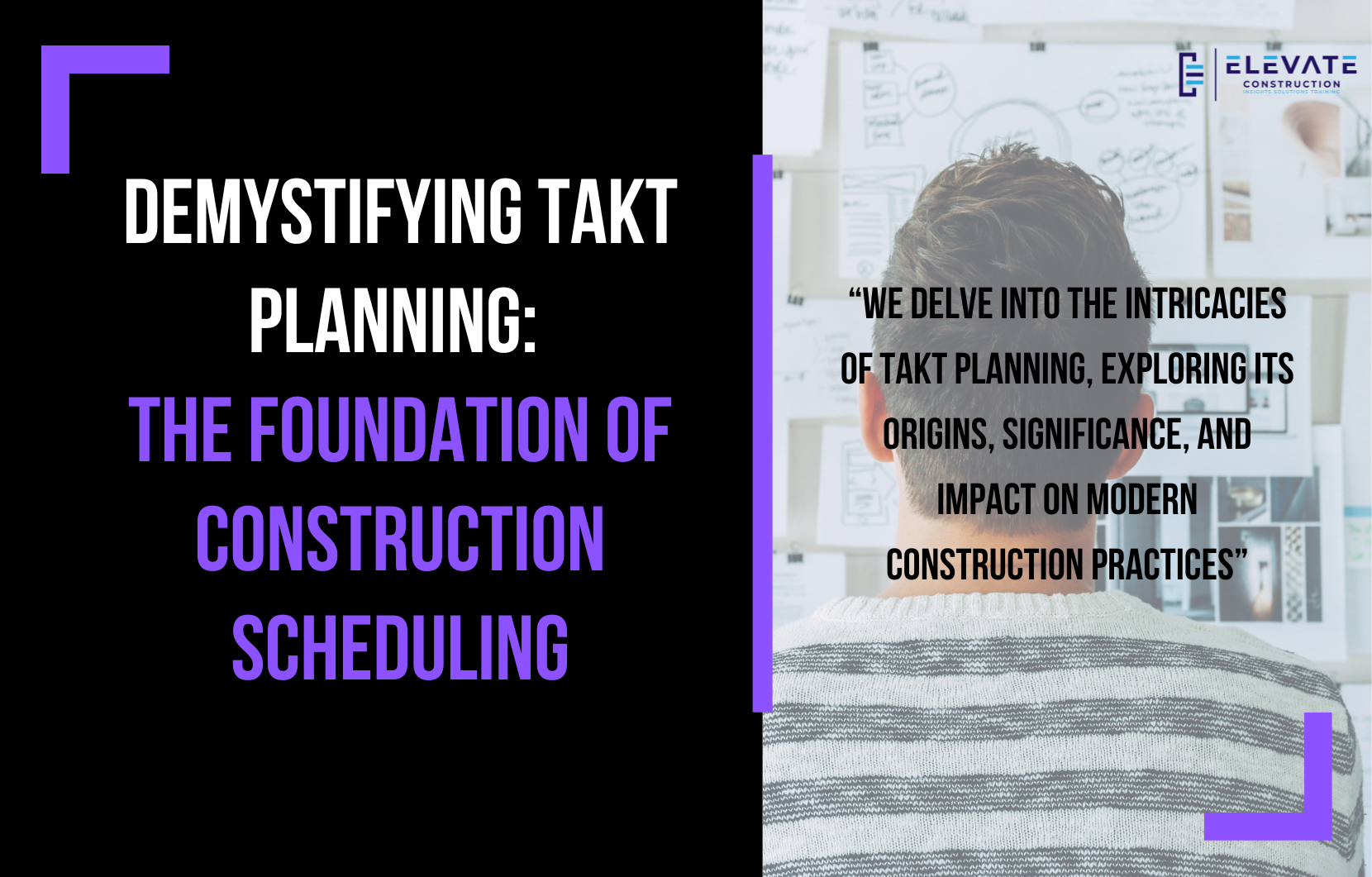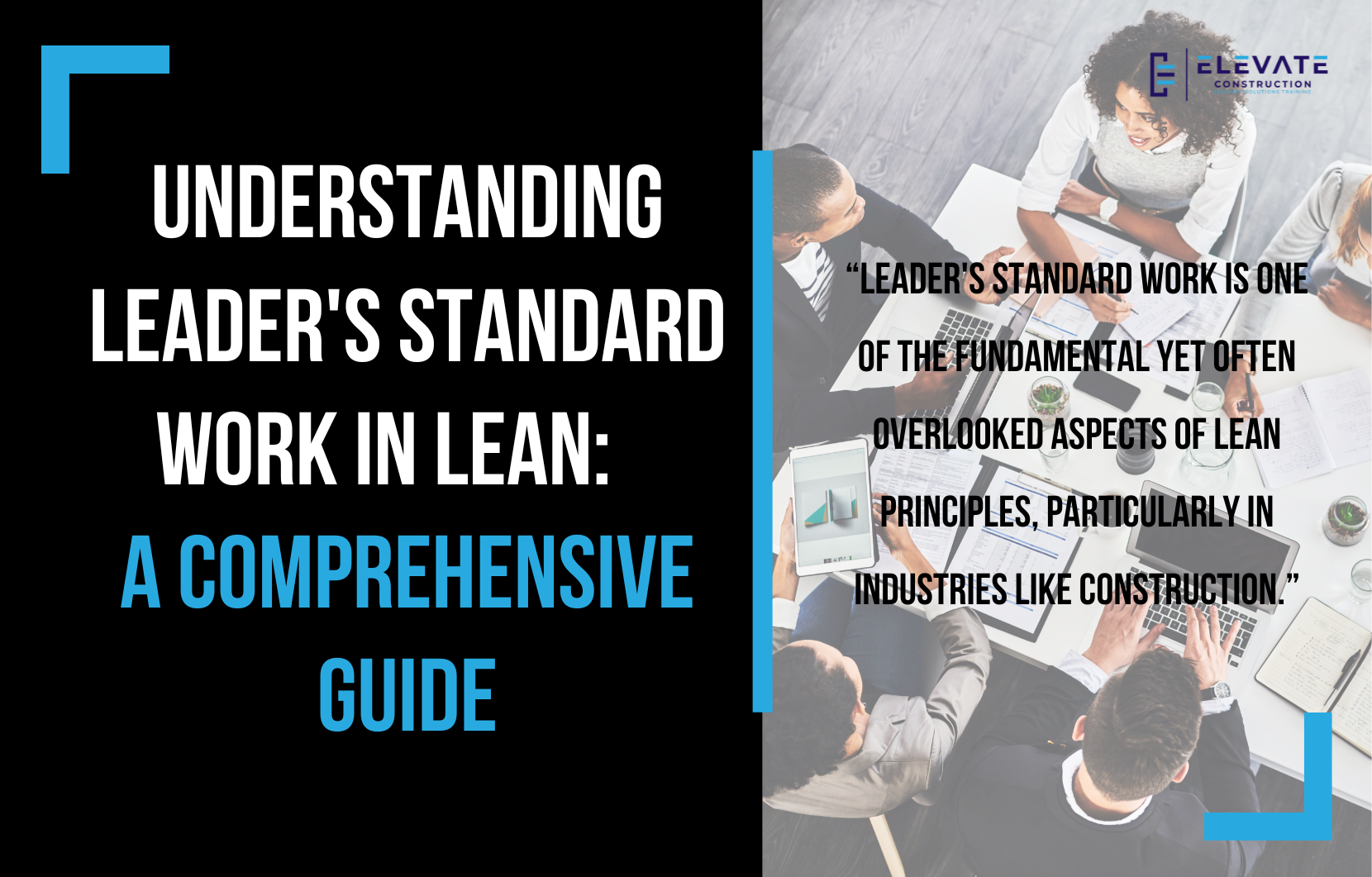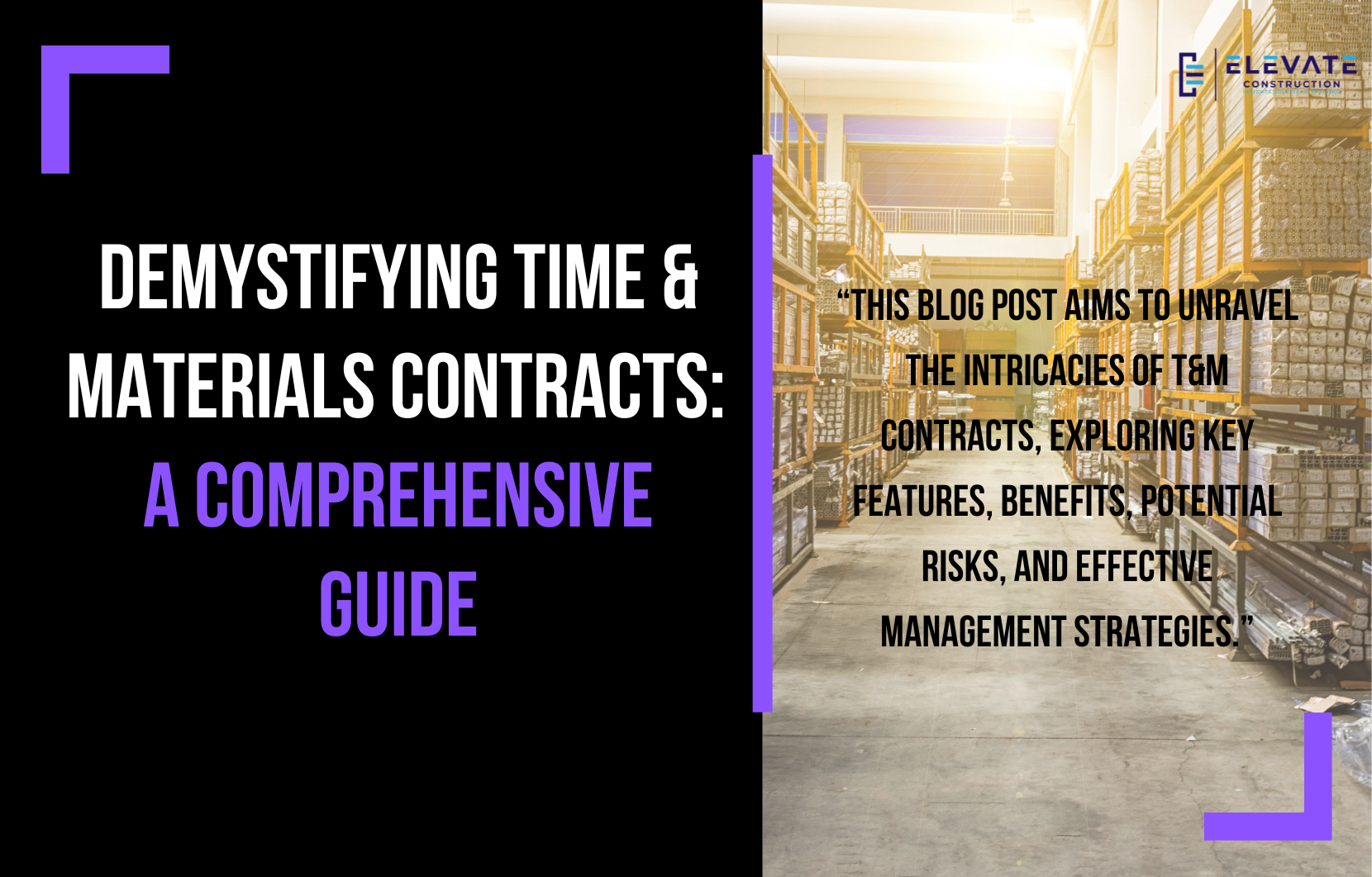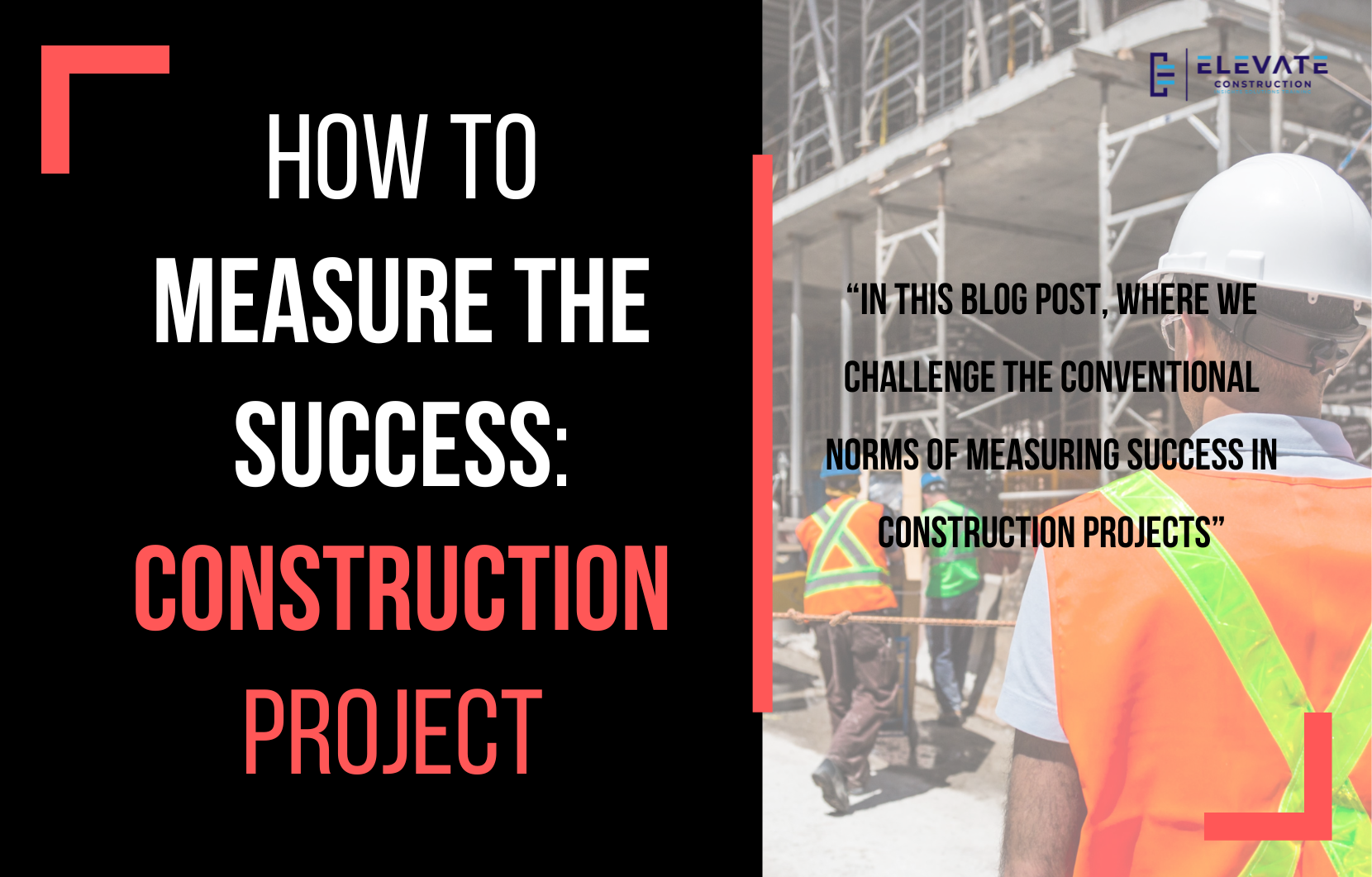Are open office spaces truly effective? This question has sparked numerous debates and raised skepticism among professionals. In this blog post, we aim to dispel common misconceptions surrounding open office environments and shed light on their potential to foster collaboration, communication, and team cohesion.
Exploring the Purpose of Open Office Spaces
Open office spaces have garnered both praise and criticism in the corporate world. Amidst the ongoing debate, it’s essential to understand the underlying purpose of these environments. Contrary to popular belief, open office spaces are not designed solely to optimize individual productivity. Instead, their primary objective is to facilitate teamwork, encourage interaction, and promote a culture of shared responsibility.
Addressing Concerns and Misconceptions
One of the most common criticisms of open office spaces revolves around noise and distraction. It’s true that some individuals, particularly those inclined towards introversion or focused work, may find the ambient chatter disruptive. However, dismissing open office spaces based solely on these concerns overlooks their potential benefits in fostering collaboration and synergy among team members.
Unlocking the Benefits of Open Office Spaces
At their core, open office spaces serve as hubs for connection, collaboration, and communication. By removing physical barriers and promoting proximity among team members, these environments create opportunities for spontaneous interactions and idea exchange. Moreover, open office spaces align with modern workplace dynamics, where flexibility and adaptability are paramount.
Embracing Diversity and Accommodating Different Work Styles
It’s essential to recognize that not everyone thrives in the same work environment. While some individuals may flourish in open, collaborative settings, others may prefer quiet, solitary spaces for deep concentration. As advocates for open office spaces, it’s crucial to acknowledge and accommodate diverse work styles, ensuring that every team member feels valued and supported.
Maximizing Productivity in Open Office Environments
To optimize the effectiveness of open office spaces, organizations can implement several strategies:
- Establish Ground Rules and Cultivate a Positive Culture: Clear guidelines and shared values help foster a conducive work environment where mutual respect and collaboration thrive.
- Provide Dedicated Spaces for Focus Work: Recognizing the needs of introverted team members, organizations can designate quiet zones or individual pods for tasks requiring deep concentration.
- Define Clear Goals and Objectives: Every team should have a defined purpose and a shared understanding of their collective objectives. This clarity enhances accountability and aligns team efforts towards common goals.
The Promise of Open Office Spaces
Ultimately, open office spaces offer a powerful framework for building trust, enhancing collaboration, and driving innovation within organizations. By embracing the principles of openness and inclusivity, companies can harness the full potential of their teams and create dynamic work environments that inspire creativity and excellence.
Conclusion
In conclusion, the effectiveness of open office spaces extends beyond mere aesthetics or trends—it lies in their ability to cultivate meaningful connections, foster collaboration, and ignite collective creativity. As organizations navigate the evolving landscape of modern work culture, embracing the principles of openness and adaptability can unlock new opportunities for growth and success.
Are you ready to explore the possibilities of open office spaces within your organization? Join us on this journey of discovery and transformation as we reimagine the future of work together. Let’s build bridges, break down barriers, and create spaces where collaboration knows no bounds.
If you want to learn more we have:
-Takt Virtual Training: (Click here)
-Check out our Youtube channel for more info: (Click here)
-Listen to the Elevate Construction podcast: (Click here)
-Check out our training programs and certifications: (Click here)
-The Takt Book: (Click here)
Discover Jason’s Expertise:
Meet Jason Schroeder, the driving force behind Elevate Construction IST. As the company’s owner and principal consultant, he’s dedicated to taking construction to new heights. With a wealth of industry experience, he’s crafted the Field Engineer Boot Camp and Superintendent Boot Camp – intensive training programs engineered to cultivate top-tier leaders capable of steering their teams towards success. Jason’s vision? To expand his training initiatives across the nation, empowering construction firms to soar to unprecedented levels of excellence.
On we go!










